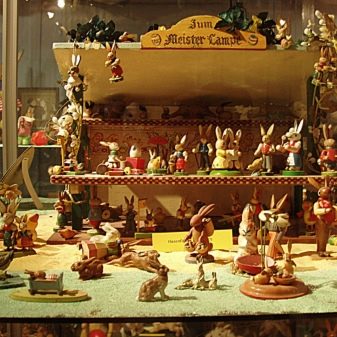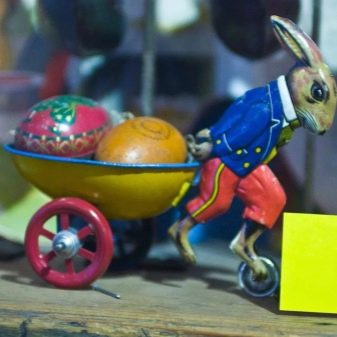Why is the rabbit a symbol of Easter?
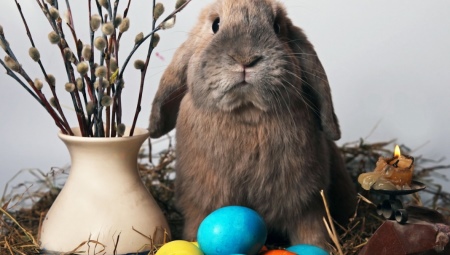
It is customary for Orthodox Christians to paint eggs and bake cakes for Easter. The symbol of the Catholic holiday is the rabbit. There are many versions of the emergence of this animal as the main Easter attribute in the west. In order to find out the exact origin, you need to turn to history, as well as established traditions.
What does the symbol mean and how did it come about?
The Easter bunny is a symbol of Easter mainly in Western countries among Catholics. It is as popular there as Easter cakes and eggs are in Russia. The animal has been revered since ancient times. The rabbit was an integral companion of the goddess Eostre, who is prayed for the coming of spring and good fertility. The rabbit is incredibly fertile, which symbolizes the continued continuation of life. In addition, rabbits molt in the spring, which is associated with renewal.
There is another interpretation. The rabbit is a lunar animal. And Easter always falls on the first Sunday after the full moon following the vernal equinox. There is another interesting legend that explains the appearance of the Easter bunny. It says that during the Great Flood, Noah's ark floated on the waves, hit the top of the mountain, as a result of which a hole was formed in its bottom. The ark would have suffered inevitable death if it had not been for the rabbit, which plugged the hole with its tail. Since then, the rabbit has become a revered animal.
Catholic Easter is almost always accompanied by festivities where people dress up as bunnies. The stores sell stuffed animals, as well as chocolate figurines depicting this animal.
Orthodoxy does not approve of such traditions. Here on Easter it is customary to visit temples, paint eggs and bake cakes.It is believed that Orthodox Easter is more strict, since in the West the holiday is rather a joke.
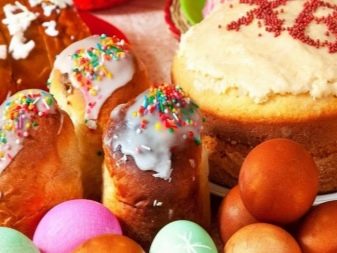
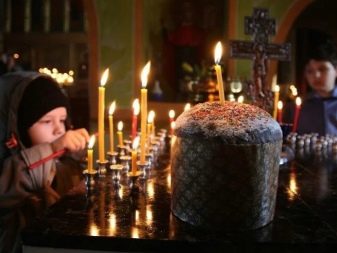
Traditions in different countries
Most of all the Easter bunny is loved and revered in Germany. Children are especially waiting for the coming of the holiday. Easter holidays begin at school, so students can have fun in their free time. In Germany and some other European countries, a few days before Easter, whole departments with festive attributes appear in supermarkets:
- Gift Baskets;
- postcards;
- chocolate figurines and eggs;
- plush toys and more.
Adults buy whatever they want there. On Easter night, baskets are filled with sweets and painted eggs, which are hidden in or near the house. In the morning, the children must find the treats that are supposedly hidden by the Easter bunny. The winner is the one who is the first to find the treasured treasure.

In America, the chocolate bunny is less popular than in Germany. But all the same, Americans willingly buy chocolate figurines and other paraphernalia. There, in the evening, children leave empty baskets on the windowsills, and in the morning, waking up, they go to see what the Easter bunny brought them as a gift. Then adults and children dress up in hare costumes and take to the streets to participate in festive processions, which are accompanied by loud music, songs and dances.
In Russia and the CIS countries, the Easter bunny is not as popular as in the West. It is customary here to paint eggs, bake cakes and visit temples. Since Soviet times, there is still a tradition to visit the graves of deceased relatives. But in the past few years, Easter bunnies have been increasingly seen on the shelves of Russian supermarkets. It is not excluded that after a while on the streets of Russian cities it will be possible to meet parades of people dressed in costumes of plush rabbits.
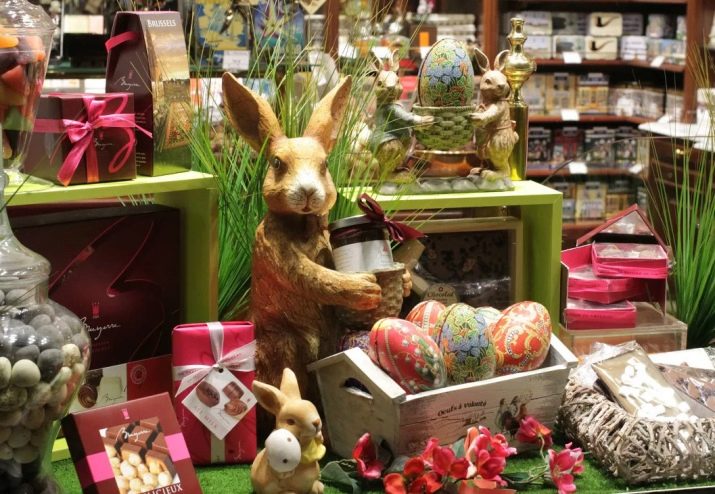
Easter Bunny Museum
In Germany, the love for the Easter bunny has not gone unnoticed. In the early 90s of the last century, the Easter Bunny Museum was opened in Munich. Its founder is the collector Manfred Cloud. The museum gained particular popularity during the Easter holidays. Not only children, but also adults aspired to visit the institution.
The museum's collection featured a huge number of figurines made from various materials:
- metal;
- wood;
- plastic;
- papier mache;
- porcelain;
- foil;
- wax;
- sugar and chocolate.
It is possible that the collection would have been replenished to this day, but the collector himself died in a car accident that occurred in 2000. After some time, some of the figurines were sold by the heirs, but the museum continued to operate anyway. The final closure of the museum took place in 2005. But, despite this, the popularity of the Easter animal has not faded either in Germany itself or in other European countries.
